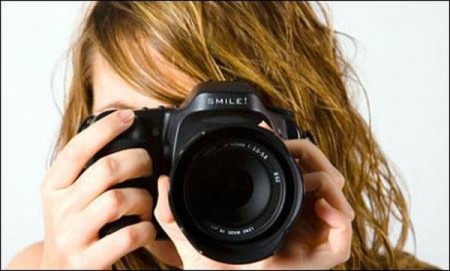In many situations you can skip the flash, and there are some times you definitely shouldn’t use it. Here are some common mistakes to avoid.
1. Using very high ISO
For low light shooting, it’s tempting to crank the ISO up to its highest setting. But with many cameras, that will degrade the quality of the photos you snap. If your camera has manual controls, you can add more light to your shots by opening the aperture more widely (using a smaller f-number) and slowing the shutter speed (to, say, 1/125 or even 1/60 of a second). Slowing shutter speed can cause blurred images if your subject or camera moves too much, so it works best when your camera is stabilized and the subject is relatively still.
2. Trying to squeeze too many photos on the storage card
You can do this by lowering resolution or increasing compression, but both will reduce the quality of larger prints you make later, such as 5×7 or greater. Memory cards are cheap. It’s better to bring along extra storage and not compromise what may turn out to be lifetime memories.
3. Not reading the user manual
This will deprive you of features that could greatly improve the shots you take. Of course you won’t have time to read the manual when you’re standing in front of the Grand Canyon. That’s why you should brush up on it at home or while traveling to your destination.
4. Using flash when you shouldn’t
Flash can cause red-eye, wash out skin tones, and flatten scenes that ought to have depth. To avoid using flash, shoot with the sun or other light source to your back or move your subject closer to a window or other source of light. Using a slower shutter can also let you shoot in natural light, providing the subject and camera both remain quite still. When all else fails, turn up the ISO setting, but only as much as absolutely necessary. Never use flash on a subject more than a few feet away, as at a sporting event. All you’ll get is a dim subject with a black background.
5. Not bringing a spare battery
Even if you charged the battery the same morning, reviewing shots on the LCD and using flash can deplete it by late in the day. Exposure to cold can also reduce battery life. To be sure you don’t run out of gas just when some of your best photo ops present themselves, charge a spare and keep it on hand.
Views: 174



